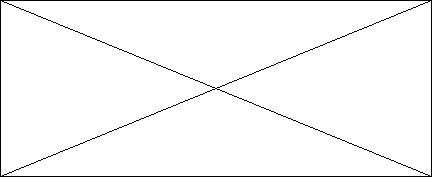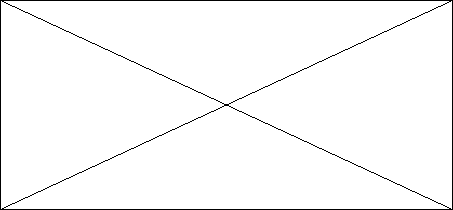II.3. B
L'échantillonnage
Pour avoir plusieurs types de réponses, on a choisi un
échantillon constitué de structures fonctionnelles et structures
opérationnelle :
Tableau n° 08 : Structures
fonctionnelle
Tableau n° 09 : Structures
opérationnelle
Pour plusieurs raisons ( non disponibilité, charge de
travail, résistance..), nous n'avons pas pu récupérer tous
les questionnaires remplis, les seuls disponibles sont au nombre de 121.
Le représentative de l'échantillon est de
27%.
Ø Population = 675,
Ø Echantillon = 181,
Ø Répondants = 121, ( 66.85 % ).
Ø Non répondants = 60 . ( 33.15 % ) .
II.3.C. Le
traitement des résultats
II.3.C.1 : Caractéristique de
l'échantillon
Age :
· Inférieur à 23 ans : 0 % ,
· De 24 ans à 32 ans : 29,75 %,
· De 33 ans à 39 ans : 24,79 %,
· Supérieur à 40 ans : 45.45 %.
0%
10%
20%
30%
40%
50%
inférieur
à 23 ans
de 24
ans à 32
ans
de 33
ans à 39
ans
supérieur
à 40 ans
Figure 28 : caractéristique de
l'échantillon ( age )








Sexe :
· Masculin : 79,33 % ,
· Féminin : 20,66 % .
0,00%
20,00%
40,00%
60,00%
80,00%
féminin
masculin
( Figure 28 : caractéristique de
l'échantillon ( sexe )


Fonction :
· Cadre supérieur : 8,26 %
· Cadre moyens : 60,33 %,
· Agents de Maîtrise : 5,78%,
· Agents d'exécution : 25,61%.
0,00%
20,00%
40,00%
60,00%
80,00%
cadre
supérieur
cadre
moyen
agent de
maitrise
agent
d'exécution
Figure 28 : caractéristique de
l'échantillon ( fonction )



Niveau ( diplôme ) :
· Universitaire : 66,94 %,
· Etude secondaire : 19,83 %,
· Collège : 13,22 %.
Ancienneté dans l'emploi :
· De 1 à 3 ans : 33.05 %,
· De 4 à 7 ans : 10,74%,
· De 8 à 15 ans : 11,57%,
· Plus de 15 ans : 44,62 %.
| 


